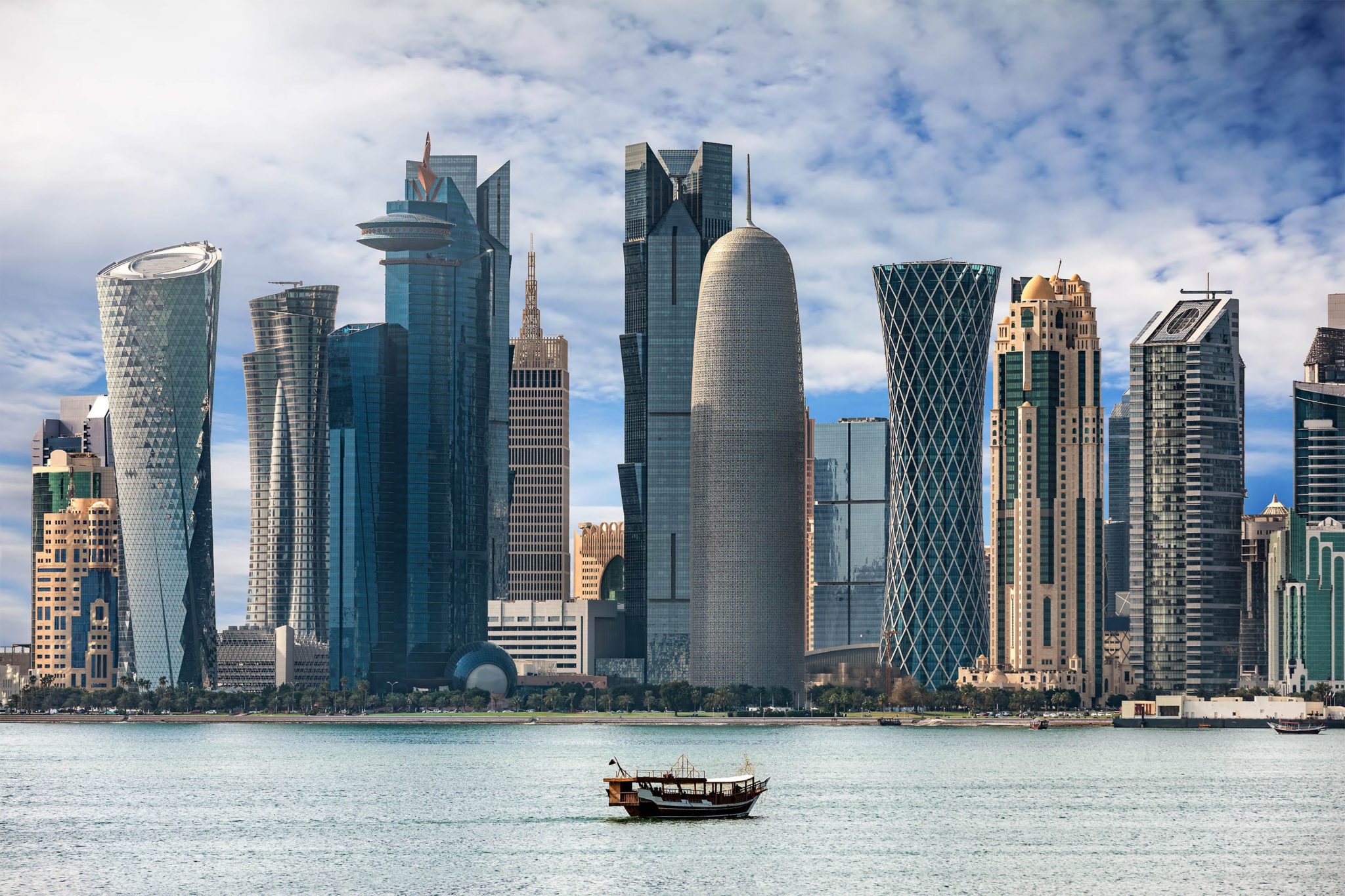Qatar is in the middle of a transformation and OMD’s Aisha Anis hopes it will realize every ambition.
As a hydrocarbon-based economy, Qatar is dependent on high oil prices to meet its budget requirements. The current slump in oil prices, coupled with the change in the fiscal calendar for public departments, is leading many government departments and public sector entities to reconsider their budgets. In turn, this could well depress advertising budgets.
The economic diversification of Qatar has long been a goal, as it has for other Gulf Cooperation Council nations, and its emancipation from oil is well underway. In the third quarter of 2014, Qatar’s non-oil sector out-paced the hydrocarbons segment, accounting for 50.7 per cent of the country’s GDP. The country has become one the leading liquefied natural gas exporters in the past decade and uses the proceeds to develop a non-oil economy. It is expected to continue its double digit growth on large investments in construction, financial services, real estate, travel and tourism. Through this sector of the economy, the Qatari government aims to develop a strong private sector and increase consumer confidence and spending. The overall GDP growth forecast for Qatar in 2015 is around 6-7 per cent, the highest in the Gulf.
To say Qatar is looking to the future is an understatement. The ‘Qatar National Vision 2030’ is taking shape, as entities are now rolling out their launch plans including for the development of the country’s infrastructure. A rail network and a metro system are among the landmark developments. The framework is built around a sustainable future, explaining the slow but steady progress. From a marketing standpoint, these entities will soon start to invest in their brand positioning and marketing. Qatar is also continuing on its ambition to become an art and cultural hub, as well as the sports capital of the region. Earlier this month, we had the IAAF Diamond League athletics meeting and obviously there will be a significant build-up towards the 2022 Fifa World Cup.
These huge ambitions dwarf the country’s small population of 2.1 million people. Although it hosted 2.83 million tourists in 2014, it remains a small market – particularly against the backdrop of its larger neighbors, such as Saudi Arabia or the United Arab Emirates. Qatar’s population size clearly has an impact on the size of its advertising and media market. Monitoring sources put its total local media investments at $493 million in 2014 (at rate card value) but beyond its scale. It is growth that makes the market interesting. The monitoring data shows that Qatar has been the fastest growing country in the GCC since 2012. If it grew by 15 per cent in 2013, last year saw even faster growth of 25 per cent in the first half of 2014. It is closing in on Kuwait, the third largest national market in the GCC.
There are good reasons for this trend. Qatar’s GDP per capita is one of the world’s highest and its private consumption per head is the second highest in the Middle East at around $15,000. On the back of figures like these, more and more brands and companies are entering the market, so media investments will keep on increasing accordingly, stimulating the interest of media entrepreneurs further. Al Jazeera is apparently working on its own pay-TV service featuring new entertainment channels. There have also been several interesting launches in the past and more will undoubtedly follow.
A small market may struggle to support too many media groups and therefore Qatar has instances of operators enjoying a dominant position in a given medium. Dealing successfully with the limitations these present in terms of flexibility, pricing or even availability, requires the creation of solid partnerships.
These mean adopting an innovative stance and collaborating on new deal structures and the creation of new formats that benefit both the clients and the operator. A win-win approach is usually the best way out of a deadlock.
Nonetheless, as demand for media inventory looks like it will keep on growing, Qatar is a market that needs more operators to come in and inject a healthy dose of competition. It would bring in flexibility, ad stock, and better prices and increase the quality of client servicing and business performance.
Qatar’s entrepreneurial spirit has served it well and will keep on doing so, especially if market forces are allowed to function fully.
This article first appeared in Campaign Middle East’s ‘The Middle East Report 2015’.


